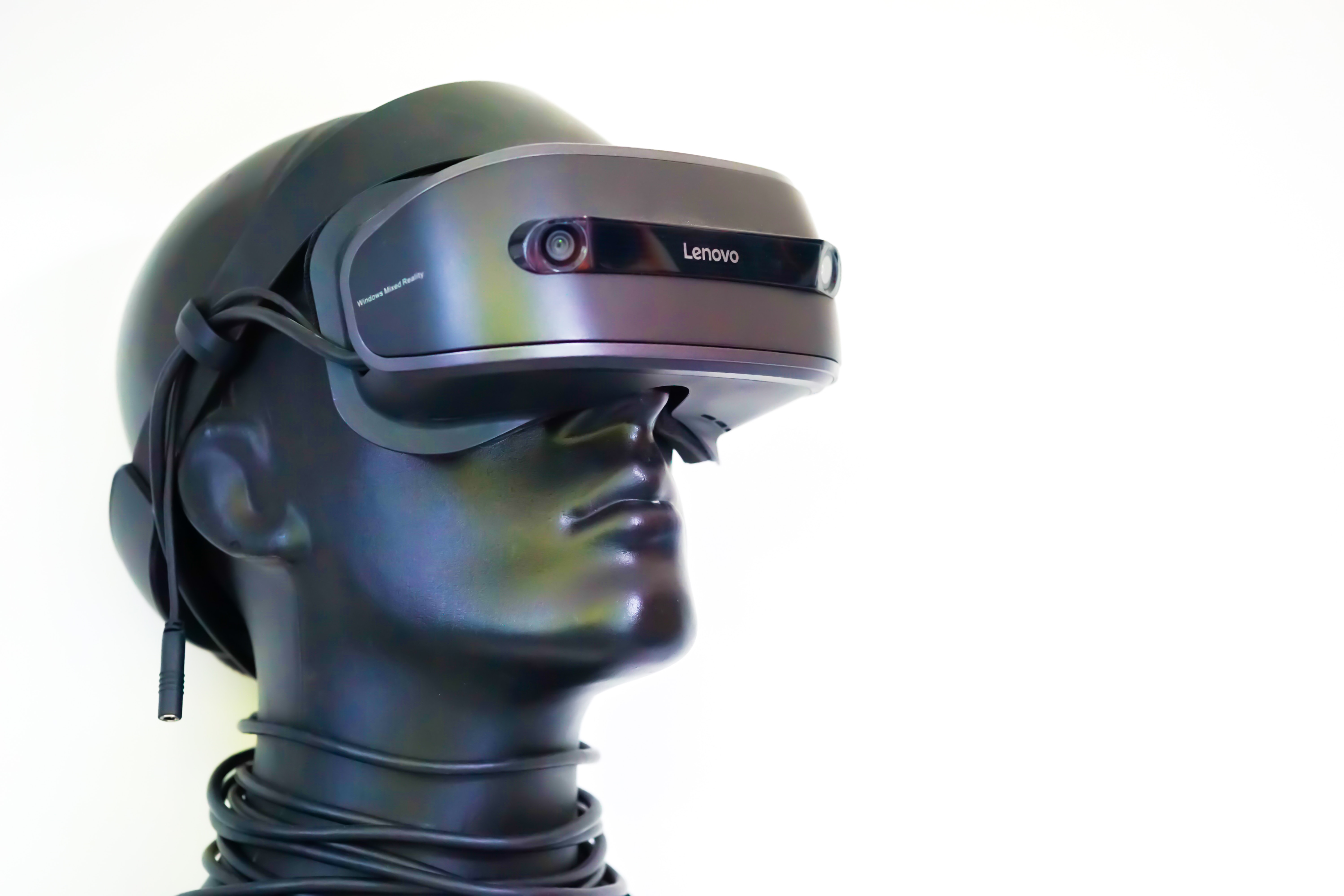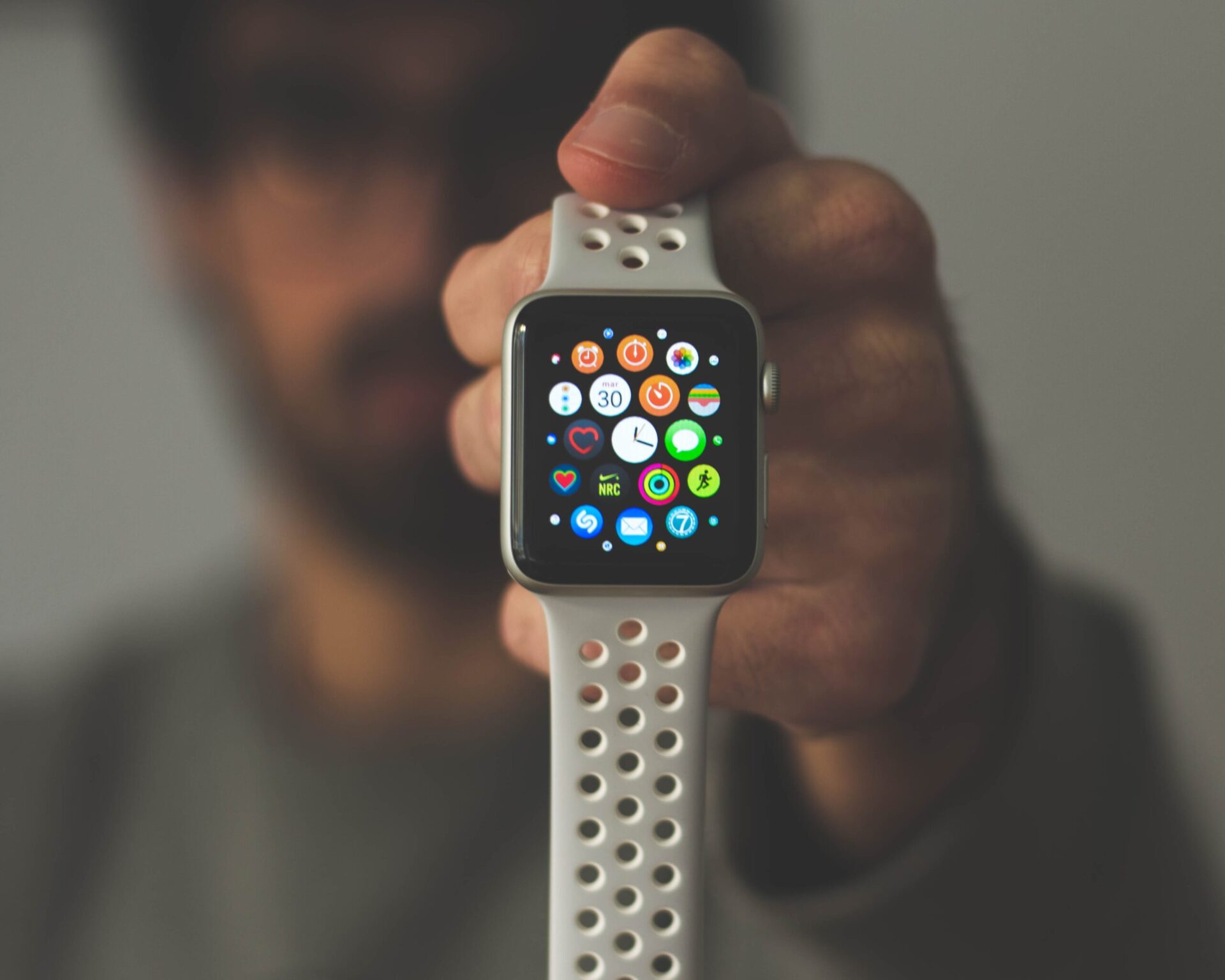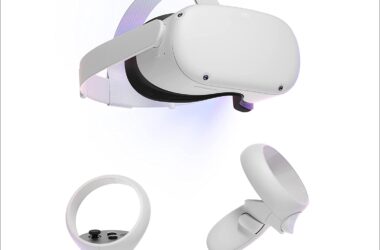Introduction:
In recent years, the world of technology has witnessed remarkable advancements that have transformed the way we interact with our devices. One of the most intriguing areas of innovation is wearable technology. From fitness trackers and smartwatches to augmented reality headsets and smart clothing, wearables have become an integral part of our lives. In this article, we’ll delve into the world of wearable technologies, exploring their applications, benefits, and the exciting future they hold.
- Understanding Wearable Technologies: Wearable technologies encompass a wide range of electronic devices that can be worn on the body or embedded into clothing or accessories. These devices are designed to collect and analyze data, provide real-time information, enhance personal well-being, and improve user experiences. They seamlessly integrate with our daily lives, offering convenience, functionality, and connectivity.
- The Evolution of Wearables: The roots of wearable technology can be traced back to early inventions such as the calculator watch and the digital hearing aid. However, it was the introduction of fitness trackers and smartwatches that brought wearables into the mainstream. These devices revolutionized the health and wellness industry by monitoring activity levels, heart rate, sleep patterns, and more.
- Applications of Wearable Technologies: a) Fitness and Health: Wearable devices have become essential tools for fitness enthusiasts, enabling them to track their physical activities, set goals, and monitor progress. They provide insights into vital health metrics, encouraging healthier lifestyles and improved well-being. b) Medical and Healthcare: Wearables are transforming healthcare, allowing for remote patient monitoring, continuous health tracking, and early disease detection. They provide doctors with real-time data and empower patients to take charge of their health. c) Augmented Reality (AR) and Virtual Reality (VR): AR and VR headsets provide immersive experiences in fields like gaming, education, architecture, and training. They create interactive digital overlays, blurring the lines between the real and virtual worlds. d) Fashion and Personal Expression: Smart clothing and accessories merge fashion with technology, offering features like biometric monitoring, gesture control, and interactive displays. These wearables blend style and functionality, enhancing personal expression and self-identity.
- Advantages of Wearable Technologies: a) Convenience and Portability: Wearables are designed to be lightweight, portable, and easy to use, seamlessly integrating into our daily routines. b) Real-Time Data Monitoring: Wearable devices continuously collect and analyze data, providing users with valuable insights into their health, fitness, and performance. c) Personalized Experiences: Wearables offer personalized recommendations, tailored feedback, and adaptive features, enhancing user experiences and enabling customized interactions. d) Improved Safety and Well-being: Wearables with built-in safety features, such as emergency alerts and fall detection, provide peace of mind for users and their loved ones.
- Challenges and Future Possibilities: While wearables have made significant strides, some challenges remain. Battery life, data privacy, and design aesthetics are areas that require continued improvement. However, the future of wearables holds immense potential. Advancements in sensor technology, miniaturization, and connectivity will drive further innovation. We can expect wearables to become even more integrated into our lives, with advancements in smart fabrics, augmented reality glasses, and brain-computer interfaces.

Conclusion:
Wearable technologies have redefined the boundaries of human-computer interaction, empowering individuals to lead healthier lives, augment their experiences, and express their personal style. With their ever-evolving capabilities and potential, wearables are set to play an increasingly prominent role in various industries, revolutionizing the way we live, work, and interact with the world around us. As technology continues to advance, we eagerly await the next wave of wearable innovations that will shape








